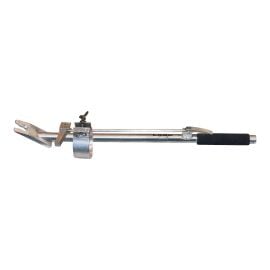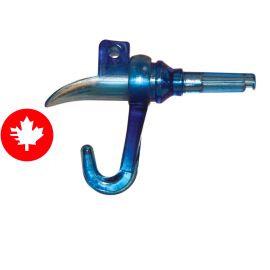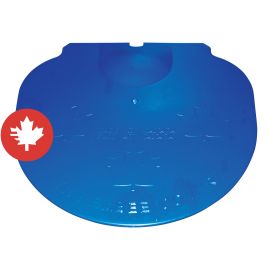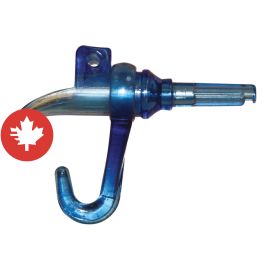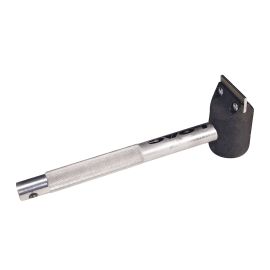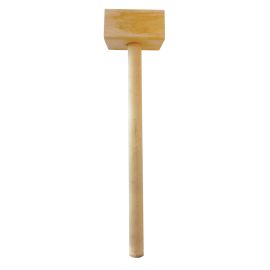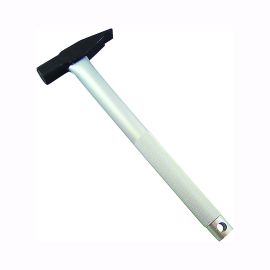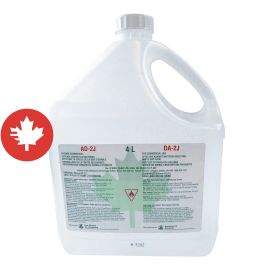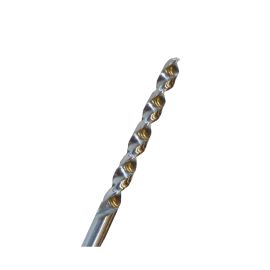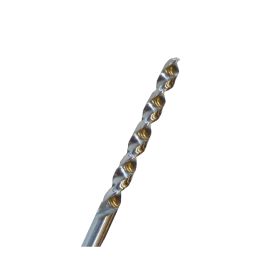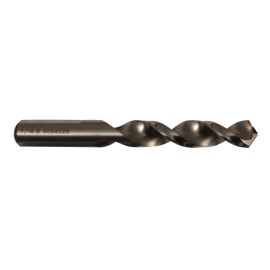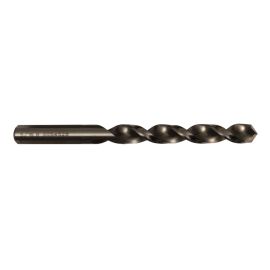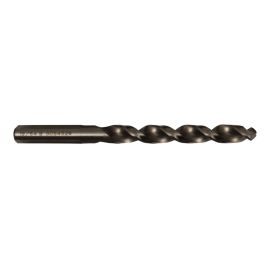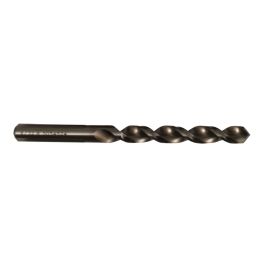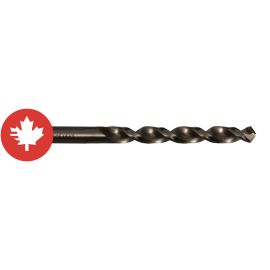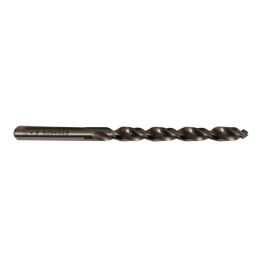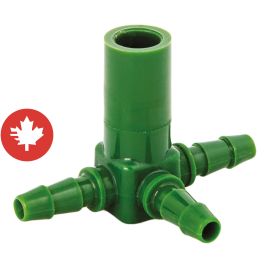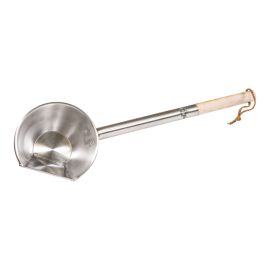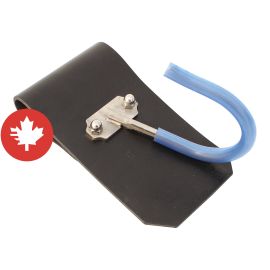Tapping tips by Mr. Jean-Marie Chabot
Interview by Anne-Sophie Couture-Goulet, marketing coordinator
I had the chance to interview a person with extensive experience in the maple syrup industry, Mr, Jean-Marie Chabot, co-founder of CDL Maple Sugaring Equipement. This seasoned entrepreneur shared his tapping tips with us so that both newbies and the more experienced of you, dear costumers, can brush up on your skills as the new season dawns. We hope you will benefit from this interview, happy reading!
Anne-Sophie Couture-Goulet (ASCG) : What are the basic principles to know before even drilling your first hole?
Jean-Marie Chabot (JMC) : The basic principle is that you have to find a place on the tree to be able to drill, to observe carefully, go around the tree, to find the best spot.
ASCG : This means we have to go around each tree, to find the best location.
JMC : I would say you have to have it in your head because there is no better way. You have to find old holes that are often several years old, sometimes more than 25 years old. You have to go back that far, because there are places in Quebec where the growth and healing of the tree is slower. You have to be able to find the scar. You have to be able to tell the scars apart from the other roughness in the bark of the tree. It is very difficult to find the right place 100% of the time. Even the most experienced have difficulty in doing so. This is fundamental because if you drill in compartmentalized wood, there will be no sap. If you land on a tree that has two taps, one in dark wood (compartmentalized) and the other in white wood, there is a tap that will give nothing at all. It’s very, very important. To get the people who took my tapping courses to understand this principle, I had planks sawed from the trunk of maple trees to show examples. We can see the different layers of hole in the tree (see the next picture), which go from a depth of 0 to 6 inches to see the compartmentalization.
The compartment is about twice the width of the bit that drilled the hole, and the length is about 12 inches long, 6 inches at the top and 6 inches at the bottom of the tap, for small spouts, and up to 24 inches long for the older 7/16" (12 inch top, 12 inch bottom notch) spouts used 20-25 years ago, which were larger than today's spouts. It is for this reason that it is imperative to find old scars on the tree.
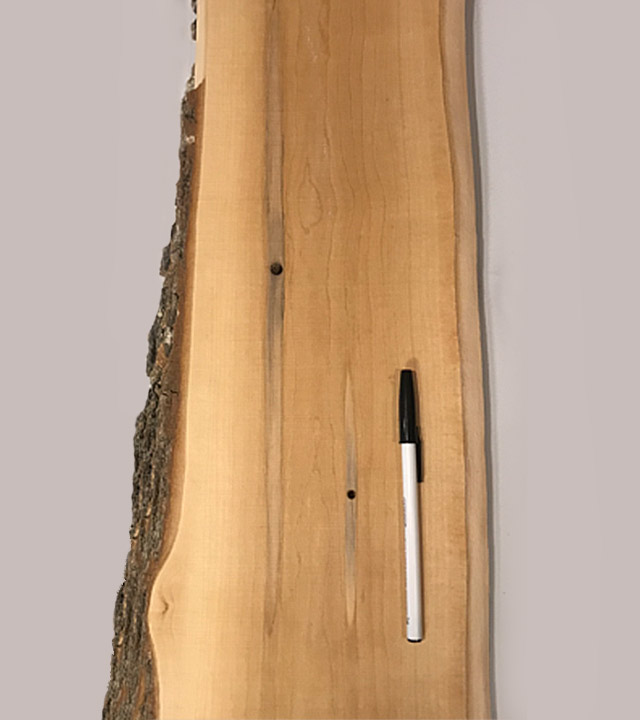

ASCG : I see the photos of your boards. I even see cuts where the maples have been over-tapped on the south, and under-tapped on the north.
JMC : In the old days, when people were using buckets, they thought they got more sap tapping on the south side, where the tree was more exposed to the sun, than on the north side, where there is less light. Now, with vacuum tapping, it is no longer true. You can now drill 360 degrees for the new taps.
ASCG : For a first season, what are the essential tools to have?
JMC : First, it takes a battery-powered drill, with a battery that has at least 4 Amps / hour. Today, there are even 6 amps/ hour batteries that allow you to do a full day without any battery charging. I would tell you that a 5 Amps / hour is likely to make the day, but a 4 Amps / hour will die after 300 taps! (Laughs) After that, you need a good tapping bit. This is fundamental. It takes a bit that cuts like a razor. It has to be sharpened like new, and it is not possible to sharpen by hand, it takes specialized tools to do it. A bit that has drilled about 1500 holes is worn out; it needs to be sharpened, but most tapping professionals use a new bit. You also need a tapping hammer. The type depends on the spout you choose. If you chose a 1/4" spout, you need to take a 6 ounce hammer. If you have a 5/16" spout, you need a hammer that is about 8 ounces, plus or minus an ounce. It takes a hammer preferably made of metal because if you take a wooden hammer, which will be lighter, that can do, but you will have to hammer in a different way.
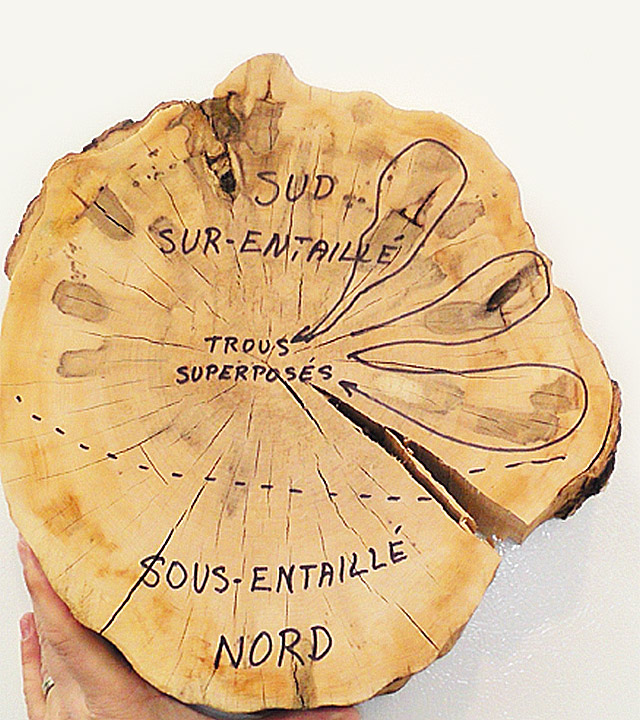
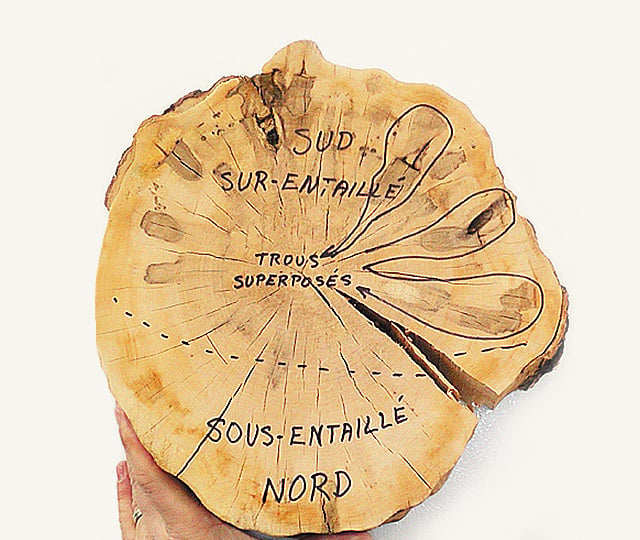
ASCG : What is the maximum number of taps per maple that you recommend in relation to the circumference of the tree?
JMC : There are standards on this and tests that have been carried out by various research centers. You can have one or two taps per maple, very, very rarely three per maple. In my case, I use a small rope or a measuring tape to measure the circumference. We are talking about 25 ½ inches in circumference for one tap, and then 51 inches for two taps.
ASCG : Thank you very much for your time, Mr. Chabot, and for this wonderful interview.
JMC : It made me happy! Pay it forward is an important principle to me. Maple sugaring is the passion of my life. I’ve been doing it for 50 years. Also, I have always looked for new technologies and new ways of doing things. It is fundamental for me, to keep the maple industry alive at the international level.
Shop for tapping accessories at BMR.ca or ask expert advice in store.
